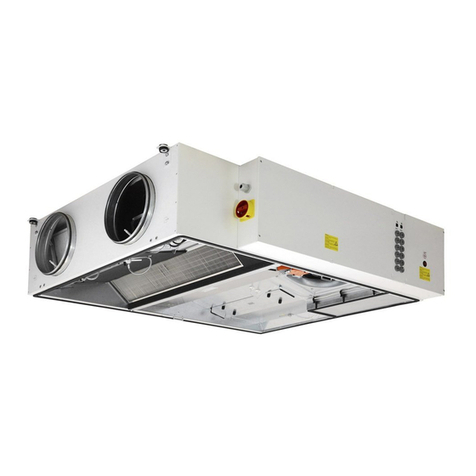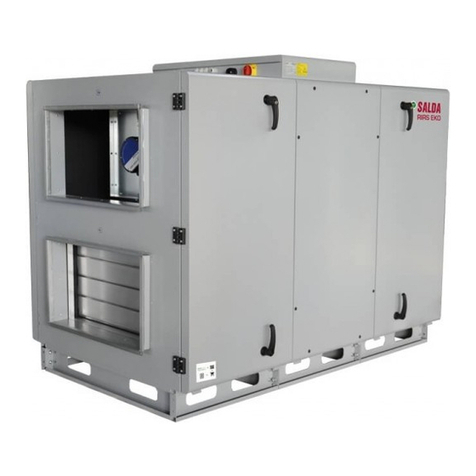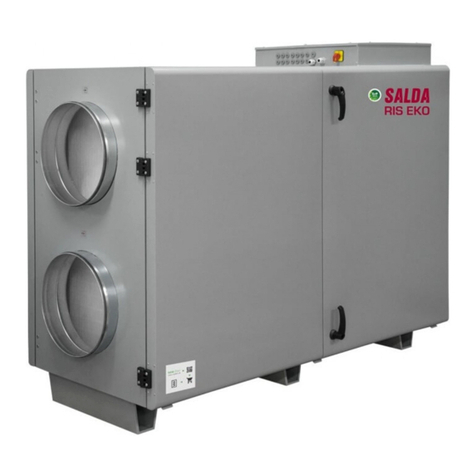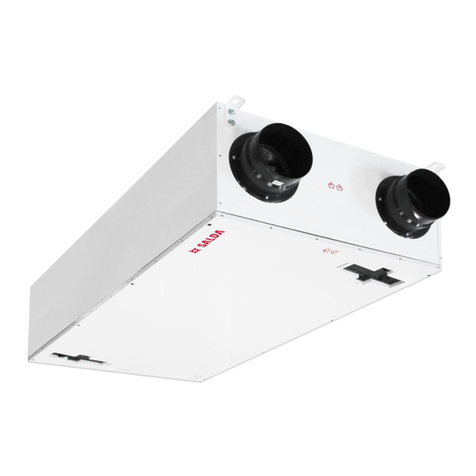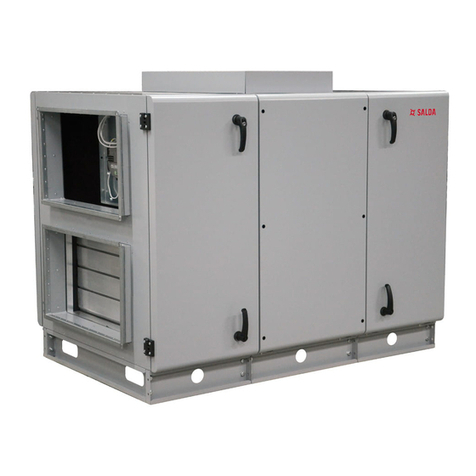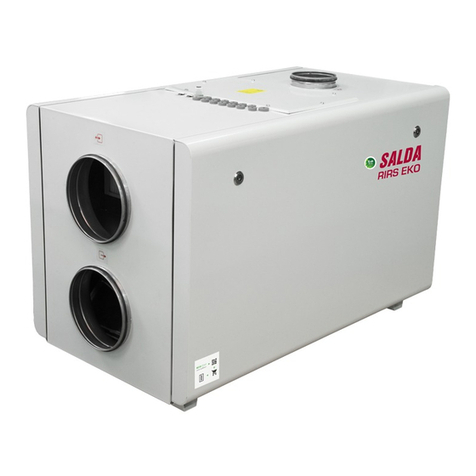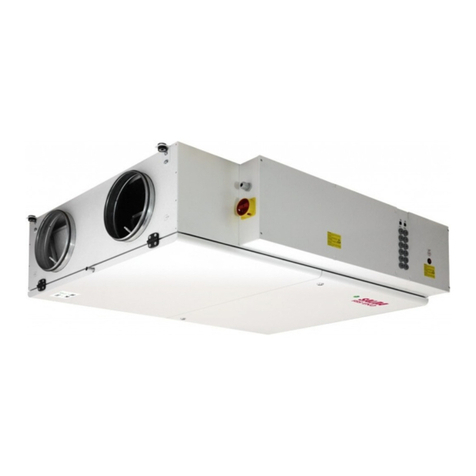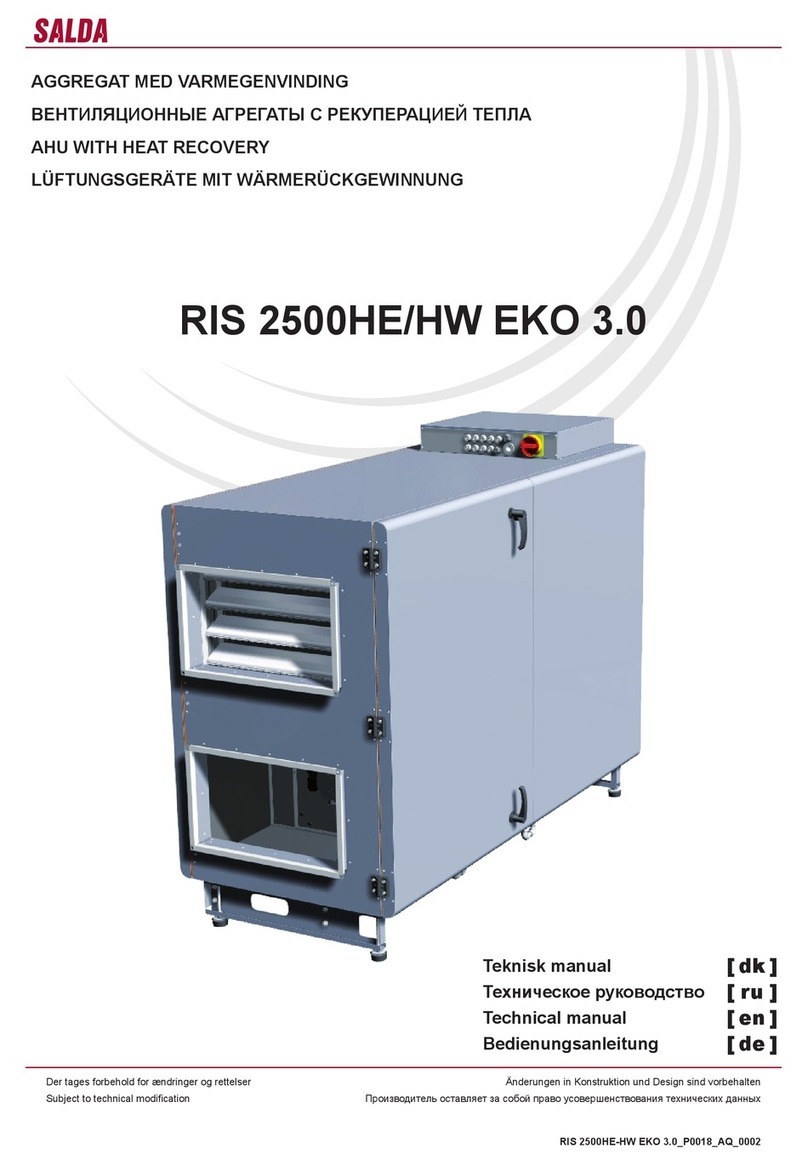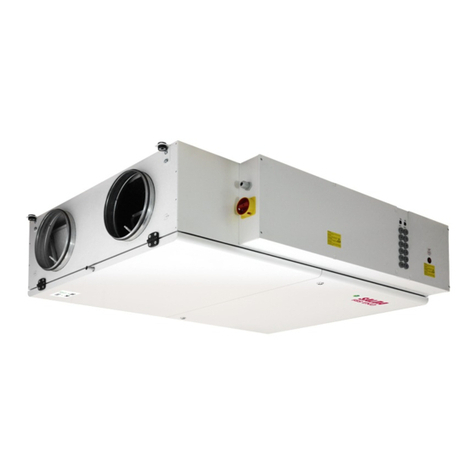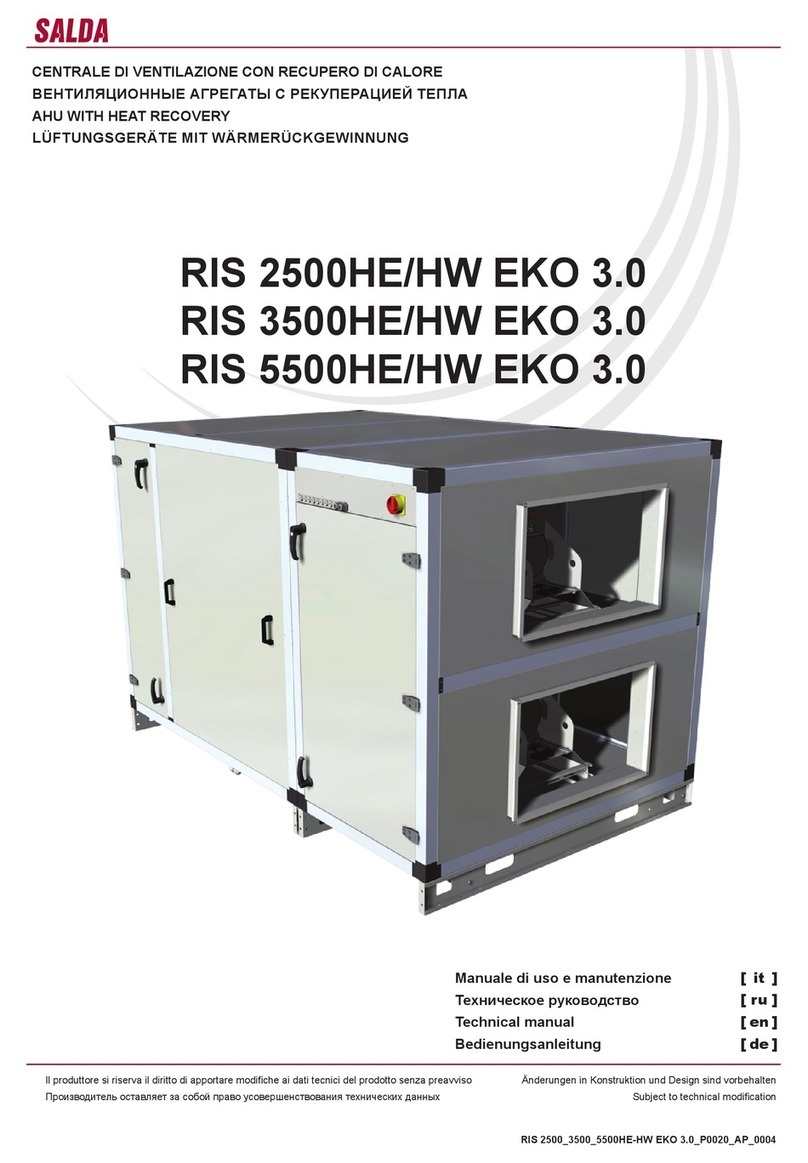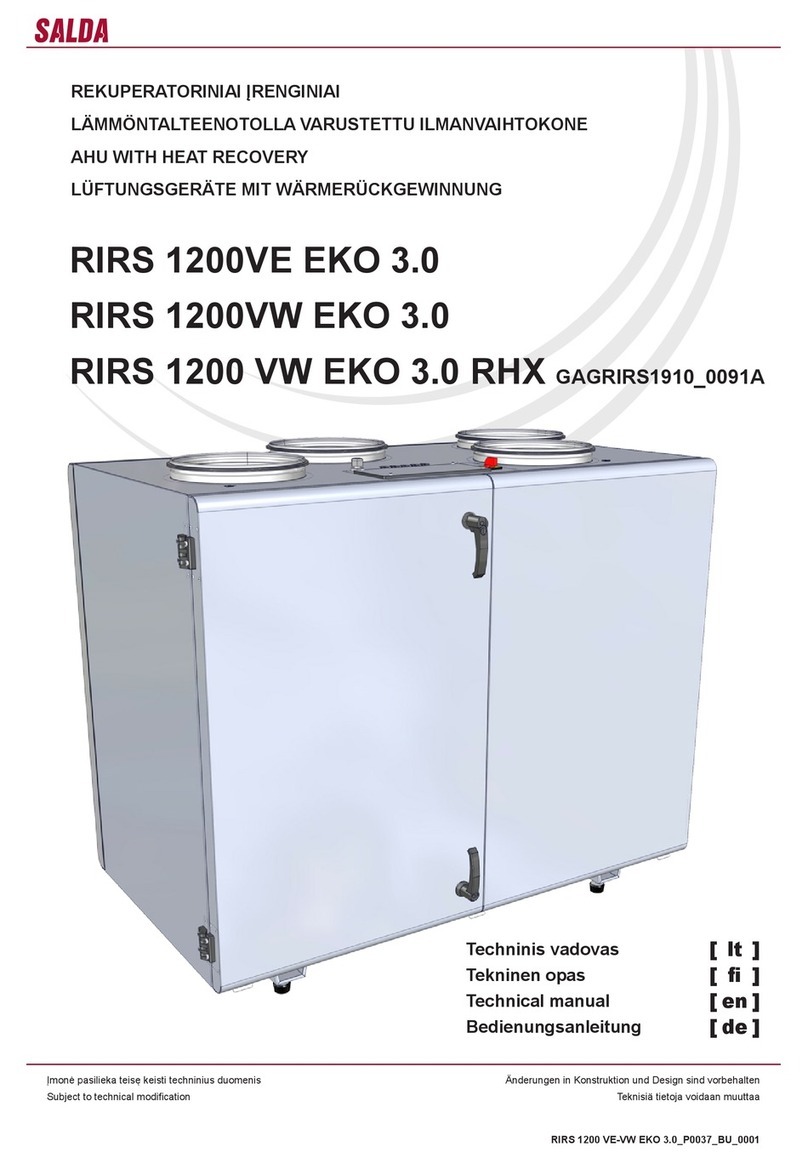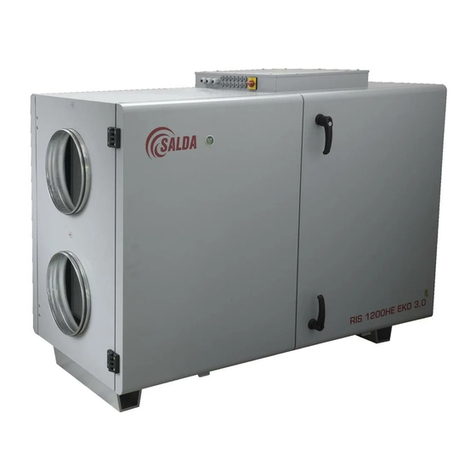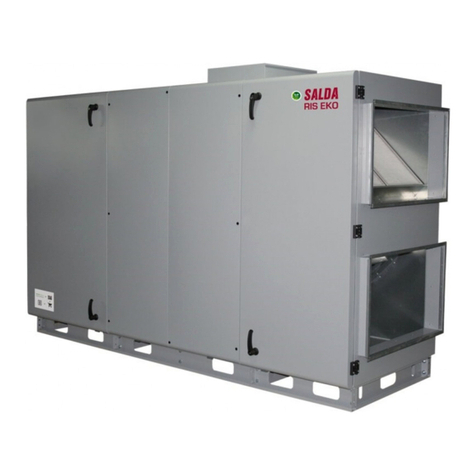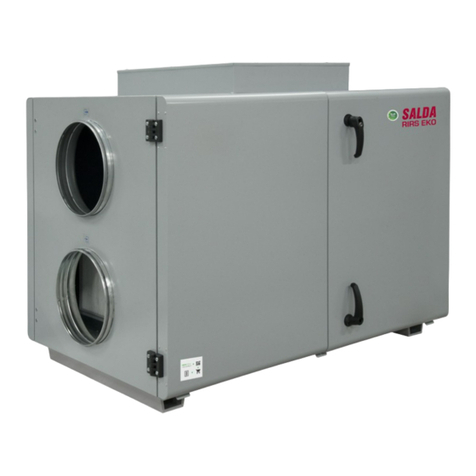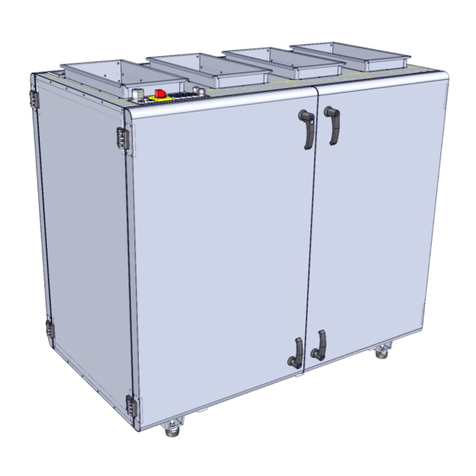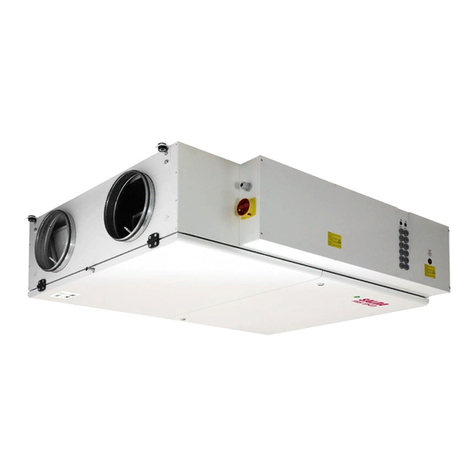
10 | EN RIS 700 V EKO 3.0 v2019.05
is performed through the two-pole circuit breaker (by disconnecting phase pole and neutral).
• The unit must be thoroughly checked against damages (execution, control, measurement nodes) during transportation before it is connected to
the power network.
• The power cable can be replaced only by a qualied specialist upon the evaluation of the rated power and current.
The manufacturer does not assume any liability for personal injuries and property damage due to nonconformance with the
provided instructions.
17.START-UP RECOMMENDATIONS
17.1. SYSTEM PROTECTION
The control automatics of the unit have integrated protection against a short circuit of those assemblies. For more informa-
tion, please, check the manual of the particular unit.
17.2. RECOMMENDATIONS BEFORE THE START OF THE UNIT (BEFORE THE FINAL USER)
Prior to start-up the system must be thoroughly cleaned. Check whether:
• operation systems and unit elements as well as automation and automation devices were not damaged during installation,
• all electrical devices are connected to power supply and t for service,
• all necessary automation elements are installed and connected to power supply and terminal blocks,
• cable connection to terminal blocks comply with the existing power connection diagrams,
• all electrical equipment protection elements are properly connected (if they are additionally used),
• cables and wires correspond to all applicable safety and functional requirements, diameters, etc.,
• earthing and protection systems are properly installed,
• condition of all seals and sealing surfaces are proper.
17.3. POSSIBLE FAULTS AND TROUBLESHOOTING
FAILURE CAUSE EXPLANATION / CORRECTIVE ACTIONS
Unit is not operating
No supply voltage Check whether the device is connected to the
power network
Protection device is o or a current
leakage relay is active (if installed by the
installer)
Switch on only if the unit condition has been
evaluated by a qualied electrician. If the sys-
tem failed, the failure MUST BE rectied prior
to switching it on.
Air supply heater or pre-heater is not operat-
ing or malfunctioning (if installed)
Too low air ow in air ducts activates auto-
matic
protection
Check if air lters are not clogged
Check if fans are rotating
Manual protection is activated
Possible heater or unit failure. MUST contact
the servicing sta for failure detection and its
elimination.
Too low air ow at rated fan speed Clogged supply and/or extract air lter(s) Filter replacement needed
Filters are clogged and no message is shown
on the remote control
Wrong time in lter timers or their switch is
broken, or its pressure is set improperly.
Shorten lter timer time till the message of
clogged lters or replace the pressure switch
of the lters, or set their proper pressure.
18.MAINTENANCE
Unplug unit from mains rst and wait for 2 minutes (till fans fully stop) before opening the covers.
18.1. FILTERS
Dirt increases air resistance in the lter, therefore less air is supplied into the premises.
- It is advisable to change the lters every 3-4 months, or in accordance with the readings of lter contamination sensor. (Sensor PS 600 is inte-
grated in the unit).
18.2. FAN
- Maintenance and repair should only be performed by experienced and trained sta.
- The fan should be inspected and cleaned if needed at least once a year.
- Be sure the fan is disconnected from power source before performing any maintenance or repair.
- Proceed to maintenance and repair after any rotation in the fan stopped.
- Observe sta safety regulations during maintenance and repair.
- The motor is of heavy duty ball bearing construction. The motor is completely sealed and requires no lubrication for the life of the motor.
- Detach fan from the unit.

